2014年6月3日火曜日
TensioMed™ Arteriograph 24
Diurnal variation in blood pressure and arterial stiffness in CKD – the role of endothelin-1
Neeraj Dhaun, Rebecca Moorhouse, Iain M MacIntyre, Vanessa Melville,
Robert A Kimmitt, Kayleigh E Brown, Euan Kennedy, Jane Goddard, David J Webb
BHF Centre of Research Excellence, University of Edinburgh
Introduction
Hypertension and arterial stiffness are important independent cardiovascular risk factors in CKD to which endothelin-1 (ET-1) contributes. Whereas loss of nocturnal blood pressure (BP) dipping in CKD is associated with disease progression there are no data on diurnal variations in arterial stiffness. We examined the diurnal variation of BP, arterial stiffness and the ET system in CKD and the effects on these of ETA receptor antagonism.
Methods
First, in a case-control study we compared 24h ambulatory BP and arterial stiffness using the TensioMed™ Arteriograph 24 ambulatory arterial stiffness monitor in 16 patients with CKD and 15 matched controls. Second, in an observational study we examined the diurnal variation in plasma and urinary ET-1 (midday and midnight) in 15 patients with CKD. Third, in a randomised double-blind, 3-way crossover study in 27 patients with CKD, we examined the effects of 6 weeks’ treatment with placebo, sitaxentan (an ETA receptor antagonist), and nifedipine on the diurnal variation of BP assessed at baseline and week 6 of each study period. This was in addition to the primary endpoints of proteinuria, BP and arterial stiffness.
Results
There were nocturnal dips in systolic and diastolic BP (SBP, DBP) and pulse wave velocity (PWV), our measure of arterial stiffness, in 15 controls (SBP -3.2 ± 4.8%, p < 0.05; DBP -6.4 ± 6.2%, p = 0.001; PWV -5.8 ± 5.2%, p < 0.01), but not in 16 CKD patients. In 15 CKD patients, plasma ET-1 increased from 4.8 ± 1.5 at midday to 5.1 ± 1.5pg/ml at midnight (p < 0.01). Urinary ET-1 did not change. 6 weeks’ treatment with placebo and nifedipine did not affect nocturnal dips in SBP or DBP between baseline and week 6 whereas dipping was increased following 6 weeks’ sitaxentan treatment (baseline vs. week 6, SBP: -7.0 ± 6.2 vs. -11.0 ± 7.8mmHg, p < 0.05; DBP: -6.0 ± 3.6 vs. -8.3 ± 5.1mmHg, p < 0.05). There was no nocturnal dip in pulse pressure at baseline in the 3 phases of the study, whereas sitaxentan was linked to the development of a nocturnal dip in pulse pressure.
Conclusion
In CKD, activation of the ET system appears to contribute not only to raised BP, but also the loss of BP dipping. The clinical significance of these findings should be explored in future clinical trials.
登録:
コメントの投稿 (Atom)
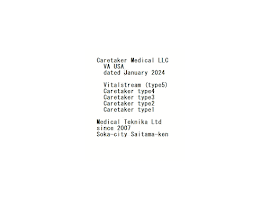





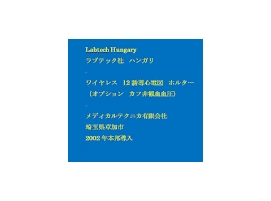



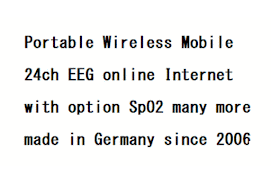
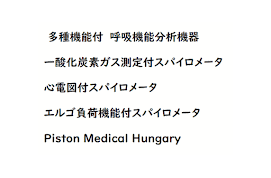
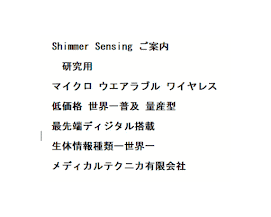


0 件のコメント:
コメントを投稿